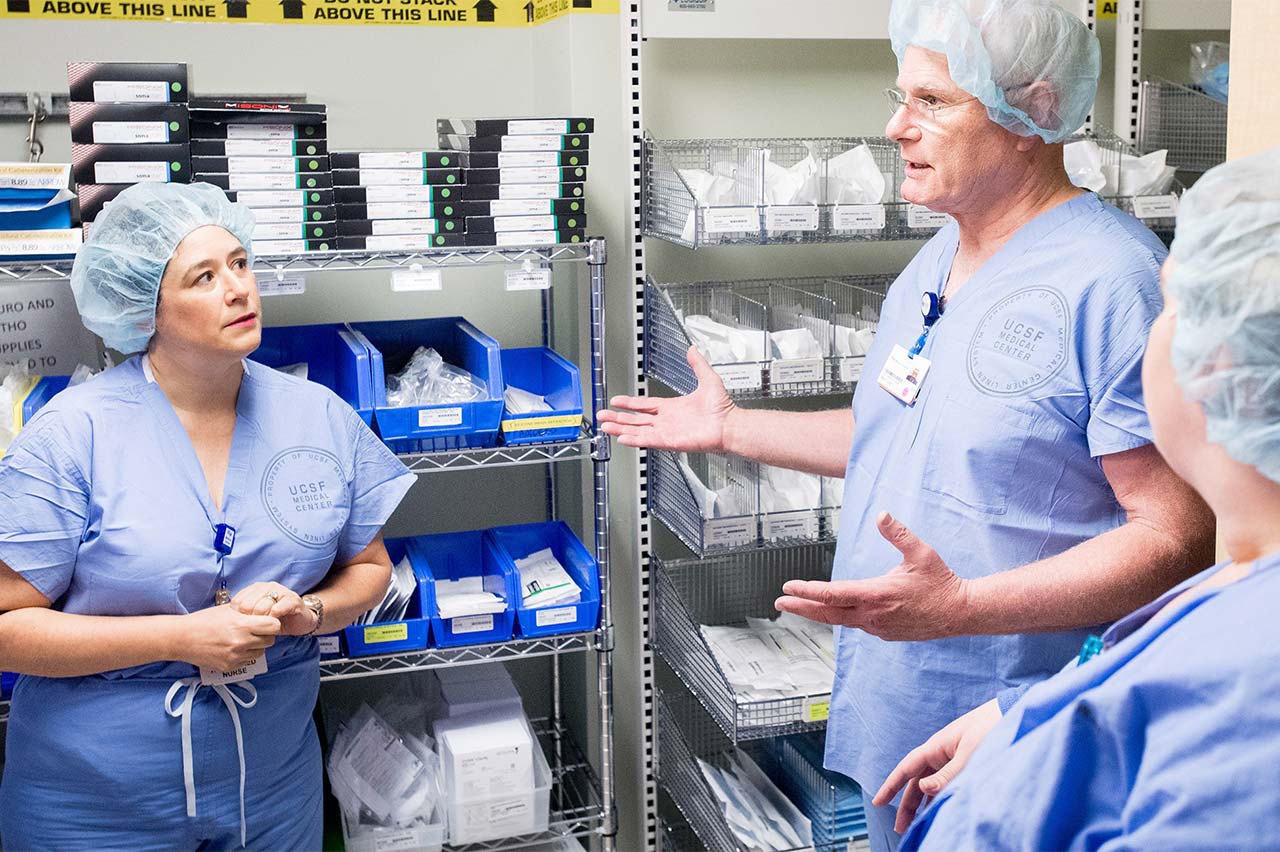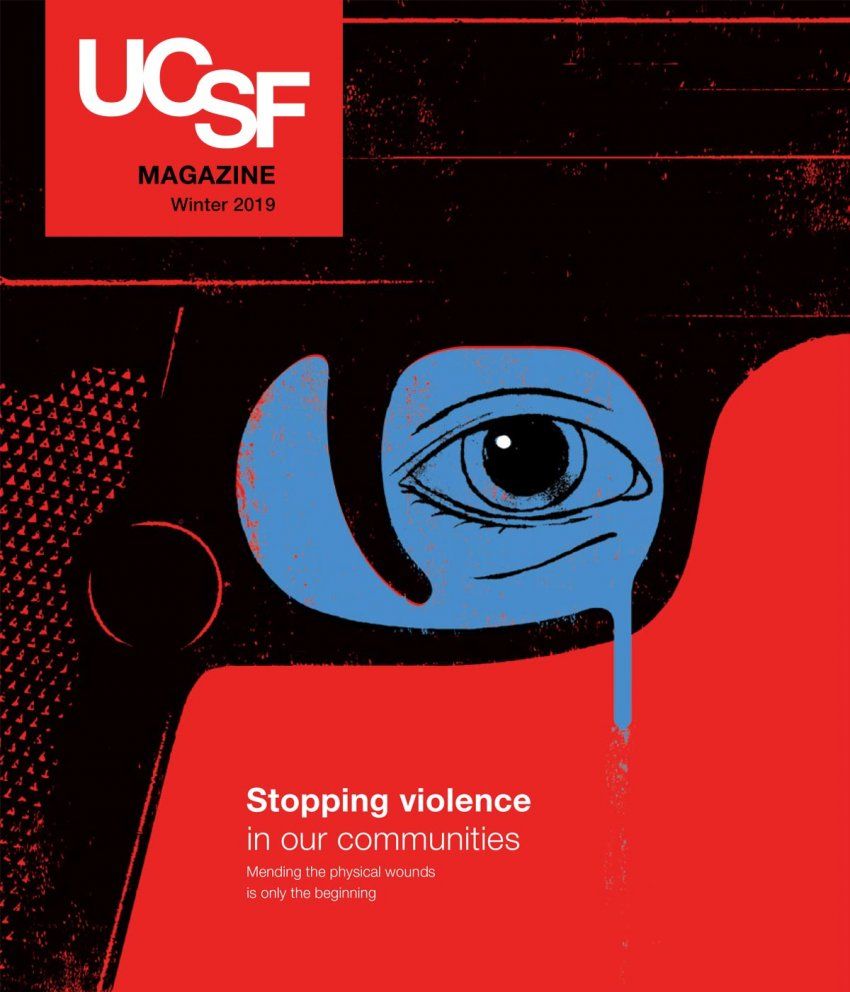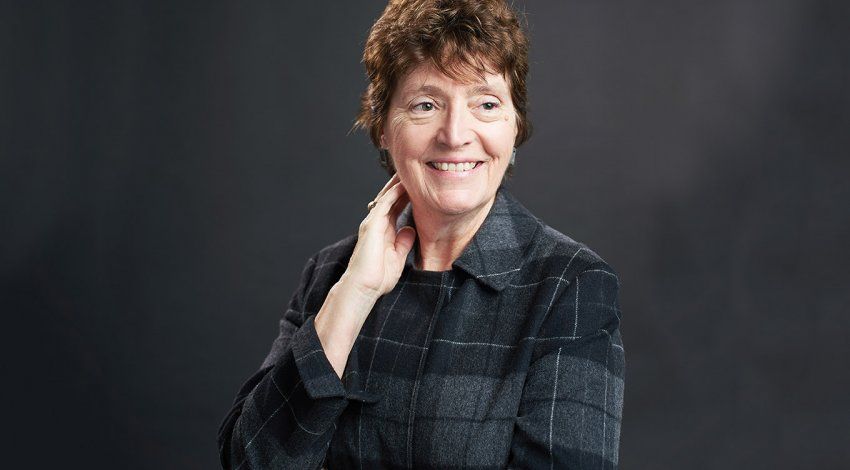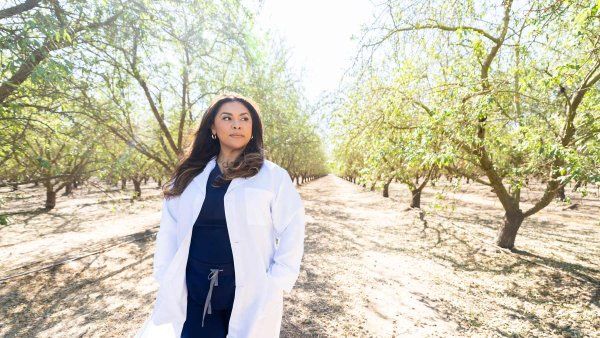
Bioethics in the Trenches
The real-life ethical quandaries faced in clinics, classrooms, and labs.

Photo: Noah Berger
We asked UCSF students, clinicians, and teachers to share their most difficult ethical decision-making experiences.
Forgoing treatment for a pediatric patient
“The boy’s mother had witnessed death before, and she knew how ugly it could be. After her son’s diagnosis, she decided never to subject him to the suffering she had witnessed. Even with therapy, she knew his chance of survival was minimal, so she decided against it. She knew what was right for her family. But we always gave therapy. Always. Our distress with her decision was palpable. Returning to our ethical framework – remembering that we honor parental authority, that we balance beneficence and nonmaleficence [“do no harm”] — helped steady our reaction. It reminded us that our instincts to treat are not always in the best interest of our patients. It revealed that this mother’s decision was not merely ethically just, it was incredibly courageous and loving.”
Efrat Lelkes, MD
Assistant Professor, Pediatric Critical Care and Pediatric Palliative Care, UCSF Benioff Children’s Hospital
Sharing incidental findings from genetic sequencing
“When we’re trying to diagnose severe pediatric disorders, we sequence the child’s exome to look for a genetic cause. We also sequence the parents to determine what the parents may have transmitted to their child. In the process, we might get incidental findings; maybe the child has a BRCA1 mutation, which is a risk factor for breast cancer, and we can usually tell which parent is the carrier. So what do we do? Do we tell the parents? This generated a significant ethics discussion. We decided that, because the intent of the test was to diagnose the child, we are not obligated to share those findings, although they might be of potential benefit to the parents. Now we include a section on the consent form about secondary findings and ask the parents to indicate before we start testing whether they want to receive any such information.”
Neil Risch, PhD
Lamond Family Foundation Distinguished Professor in Human Genetics; Director, Institute for Human Genetics, UCSF
Learning from today’s patients to benefit tomorrow’s
“One of the first patients I interviewed as a medical student came to the emergency room with a collapsed lung, known as pneumothorax. The attending physician had already examined and diagnosed him and, while waiting for transport to the hospital, the patient generously agreed to let me perform my own lung exam so I could become more familiar with pneumothorax. I had misgivings because I knew the exam would be painful without adding value to his care. On the other hand, I recognized my responsibility to future patients and was eager to further my knowledge of pneumothorax, a life-threatening emergency. I resolved my dilemma by letting the patient know that we could stop the exam at any time, thereby respecting his autonomy without undermining my ability to approach these learning opportunities with confidence.”
Michael Sadighian, second-year medical student
Coordinator, Bioethics Interest Group, UCSF




